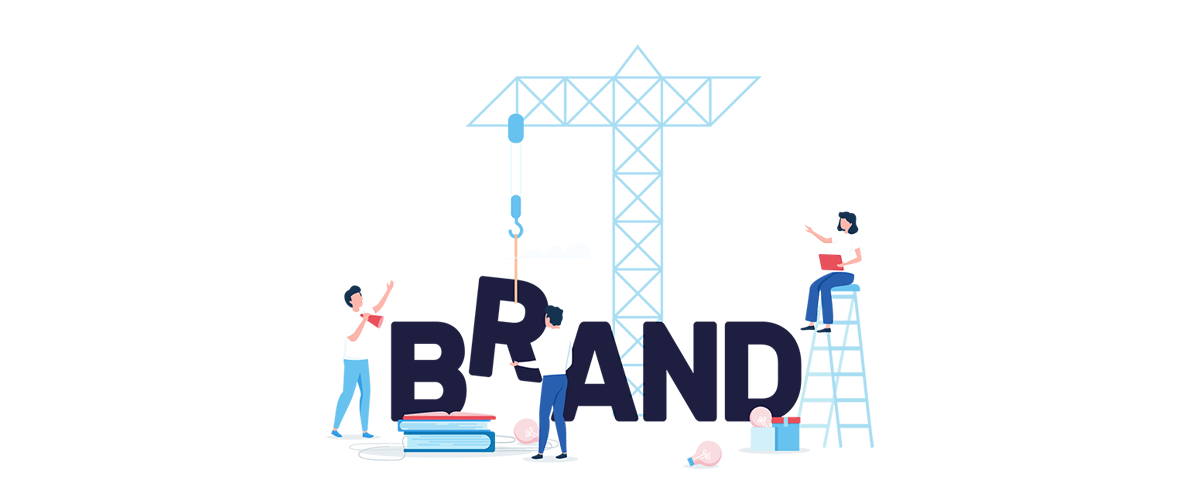6 Common Marketing Problems a Customized Brand Portal will fix for you
Making marketing assets accessible to all team members in a large company or distributed network of employees across the country (or the world) is key for brand compliance efforts, but we’ve uncovered a few challenges that marketers experience when they attempt this. Here are six marketing problems that we found were solved by using a customized brand portal that includes Smart Templates:
1. ONE-OFF REQUESTS
While putting all your marketing assets into a web-based intranet or Digital Asset Management (DAM) system prevents you from being bombarded with questions about where to find a certain document or image, it doesn't prevent the "Can you just...?" small alterations that end users seek when they want to adjust an existing creative asset. Whether it’s changing an ad size or updating a phone number, these one-off requests can really pile up and inhibit your graphic design team’s productivity to work on larger marketing projects.
Giving team members access to a self-service brand portal with flexible templates where they can change easy things like text, colors, dimensions, images and offers (within limits) can reduce the number of one-off requests you receive.
2. LONG APPROVAL PROCESSES
Corporate marketing teams like to keep control of their brand, so modified assets need to go through an approval process, often with multiple stakeholders. This can get clunky when using emails, paper copies or workflow apps in a back-and-forth to exchange and review versions.
A brand portal with templates that lock down all the important brand features and an automated system that sends changes to the proper approver can reduce the amount of back and forth between teams. A system that also tracks which approvals have been received and sends notifications can speed up the delivery of your marketing campaigns.
3. NO LOCALIZATION
If your company has multiple locations, the ease of making one generic asset available for use by all is appealing to a corporate marketer. However, studies show that localized marketing performs better because it is more relevant to the consumers in that area. A retailer with stores in Minnesota and Florida should be able to swap out images of a winter wonderland for a beach with palm trees dependent on their location.
Smart Templates paired with a digital asset library allows each location to take a standardized marketing asset and localize it for their needs by changing addresses, phone numbers, contact names and representative images for each branch.
4. CUSTOMIZATION LIMITS
For DAM systems that have a built-in templating feature, it often doesn't go far enough in what your users want to be able to customize. For example, those in the construction or home improvement business have so many options from paint colors to cabinet hardware, that dealers often want to be able to custom-build a whole sell sheet or room mockup for homebuyers with selected options.
Including an advanced media builder like CHILI publisher can be custom developed to include almost any variation of templating you'd like to offer remote teams or dealer partners.
5. MISUSE OF ASSETS
Putting raw assets like Adobe® InDesign® files into the hands non-marketers and non-designers can be like opening Pandora's Box. Once they have those assets, they can use them in any way they like, creating their own marketing material that may not represent the brand in the best light. Files like this also tend to live on individual hard drives for years, which means they could accidentally use an old version instead of the most recent, updated and approved assets.
By offering a brand portal which allows them to customize and localize assets through Smart Templates, it’s less likely that end users will go rogue and misuse your assets. Additionally, they will always only have access to the most recent version, as older versions are replaced when templates are modified.
6. TOO MANY HANDOFFS
Sometimes there's so much back and forth on a marketing asset it feels like a game of never-ending ping pong. Tweak this, correct that. However, when people are given clear guidelines on what they can and cannot change through Smart Templates with certain sections for locked-down branding and other sections open for editing, multiple rounds of revisions are eliminated.
Do any of these marketing problems sound familiar to you?
If so, a customized brand portal could provide your network of distributed users self-service access to corporate-approved templates allowing them to create their own local marketing collateral and ads while solving these headaches for the corporate team.
About Suttle-Straus:
Suttle-Straus combines customized brand portals with quality in-house printing to deliver scalable solutions to companies with distributed marketing needs. Your corporate marketing team provides branded artwork, which we convert into smart templates that empower end users with self-service access to execute local, targeted marketing initiatives. End products delivered by the system include business cards, stationery, direct mail pieces, signage, social media imagery, flexible banner ads, promotional products and much more! Learn more at https://www.suttle-straus.com/technology/customized-brand-portals.
This article is only available in English
Marketing,
Gast-Blog
Maeghan Nicholson
22. Sept. 2020
